Peonies "Marie Lemoine": variety description, planting and care
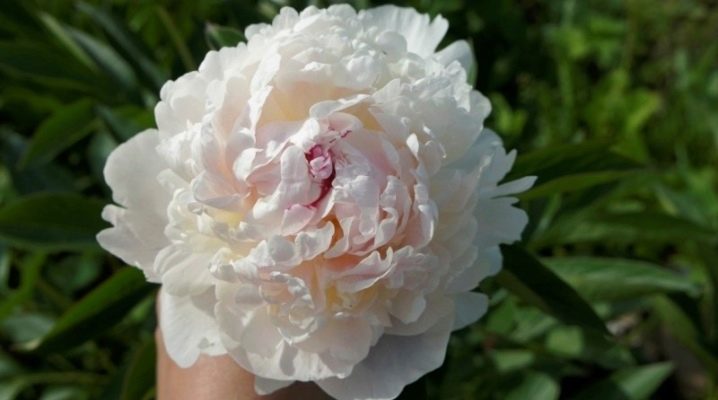
Peonies are herbaceous perennials that take root well in our country. The most luxurious varieties are mainly hybrids, which not only winter well in harsh climatic conditions, but also bloom fabulously. Peonies of the "Marie Lemoine" variety are milky-flowered and deserve special attention. In this article, we will take a closer look at their description, the nuances of planting and care at home.
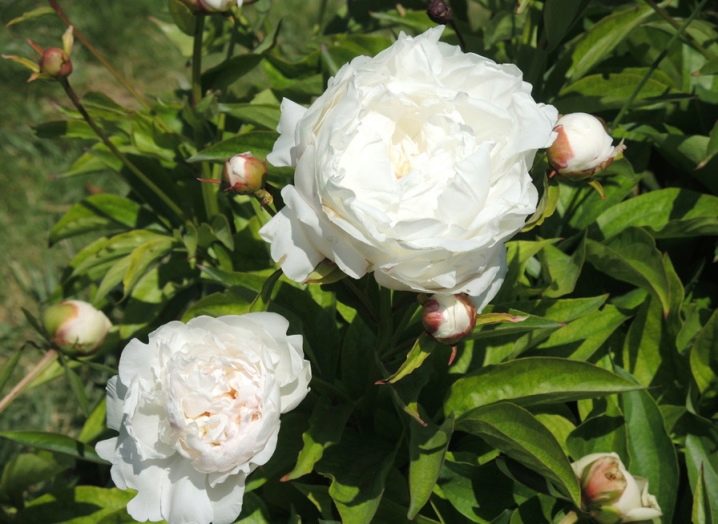
Description
Milk-flowered peonies differ from all other varieties in that they have larger and lush buds. As for the "Marie Lemoine" variety, it is a terry snow-white-pink peonies with a creamy undertone, the diameter of the flowers of which reaches almost 20 cm. The flowers have a spherical lush shape.
In height, peonies of this variety, as a rule, reach 70-90 cm, their leaves are lush, bright green in color. Flowering is one-time, but abundant and prolonged, later.
Peonies of the "Marie Lemoine" variety have a pleasant sweetish and at the same time unobtrusive aroma.
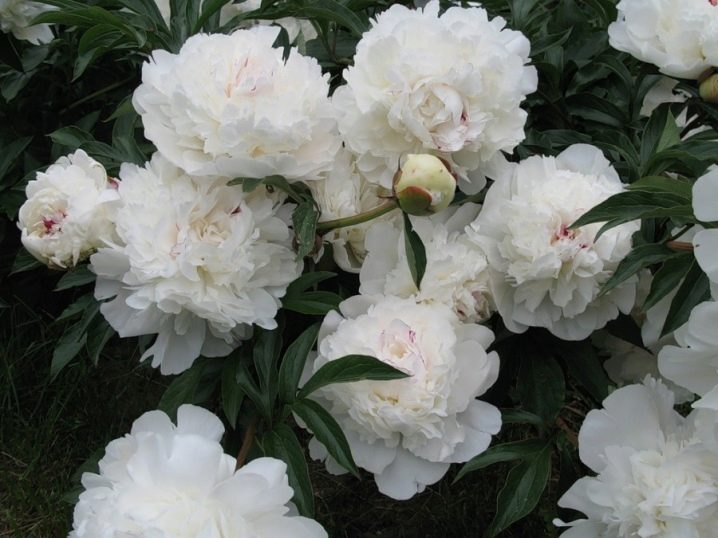
Landing subtleties
For lactic-flowered hybrid peonies, it is best to select loamy, slightly acidic soils that are far from groundwater. If the soil is clay, then it is necessary to add sand to it, and if it is sandy, then clay. In very acidic soils, a small amount of lime is usually applied.
In order to avoid that the plant does not hurt while growing in a particular area, good air circulation is very important. That is why peonies are best planted. in open areas, away from any buildings, tall trees and buildings.
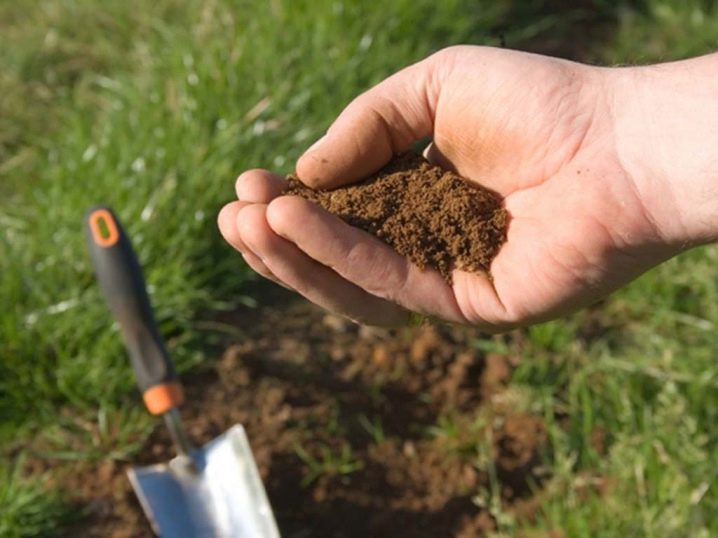
Milk-flowered peonies are very fond of illuminated places, but, of course, they should not be planted under the rays of the scorching sun. The ideal option is a penumbra flower placement, where it will be most comfortable. If the peony is planted in a very shady place, then, of course, it will grow, but you should not expect flowering from it.
Usually varietal peonies are planted singly or in groups. The main thing is that when planting, a distance of about 1-1.5 meters retreat from bush to bush, since plants tend to grow after several seasons.
Peonies are usually planted in the spring or autumn season. Young plants should always be covered. But adults - by necessity.
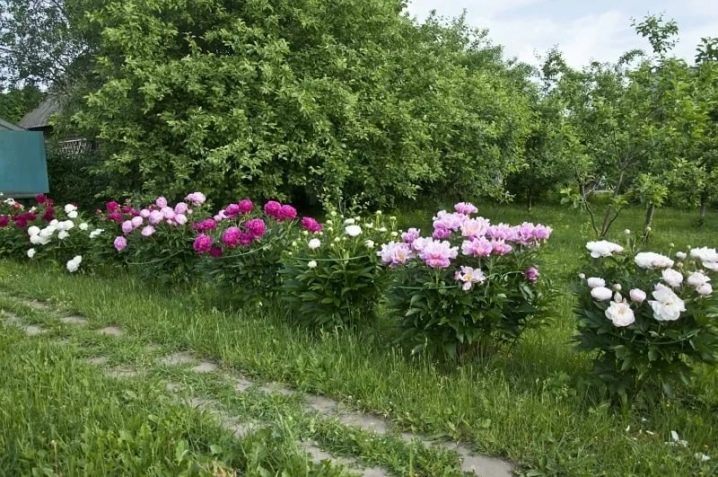
Landing nuances:
- The holes for the peonies are dug in the size of 50 by 50 or 60 by 60, a layer of expanded clay, drainage or, if necessary, sand is usually added to their bottom. The layer should not be more than 15 cm.
- Humus, compost and wood ash are also added to the pits, which further make the soil more fertile for plant growth. All components are mixed and covered with earth so that about 12-15 cm remains to the edges of the fossa.
- Then a peony seedling (young cut) should be placed in the hole, deepening by about 5-7 cm. It is very important not to deepen the plant too much, otherwise it will not bloom, but only grow greens.
- Further, the rhizomes of the peony should be covered with earth and carefully tamp the earth around the seedling so that it “sits" tightly in the ground.
- Then you need to make a hole around the seedling and water everything abundantly. If the soil subsides, you can add a little earth to it.

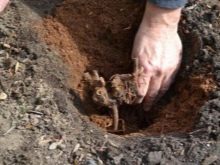
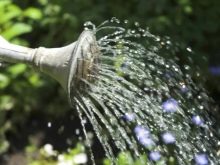
Usually, the holes are mulched using peat or sawdust, as well as using special horticultural mixtures, which are sold ready-made.
Mulching is very important, it not only prevents the soil from drying out, but also protects the plant itself from adverse factors.
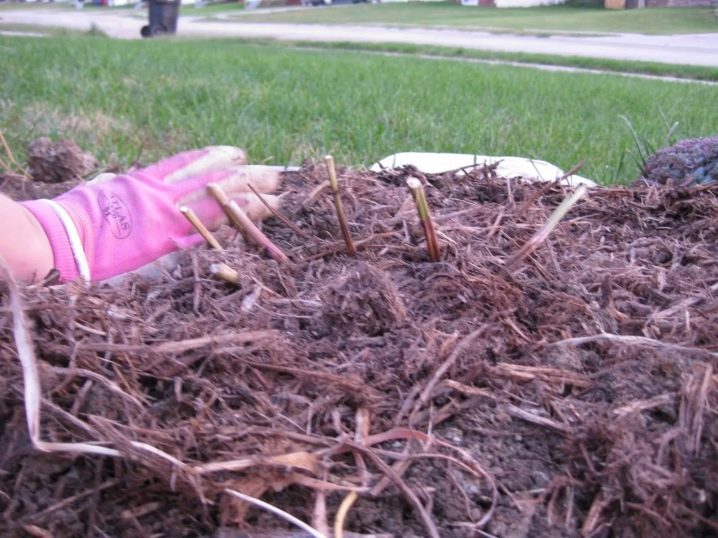
Care rules
It is worth noting that hybrid peonies do not bloom in the first year of planting. Usually, flowering occurs in the second and even in the third year with proper care, so do not worry.
Watering the peony in season should be regular, but moderate., it is not worth pouring the plant, otherwise it may start to hurt, while the roots may also begin to rot.
The plants should be fed during the season no more than 3 times, it is best to use complex feeding for this. Usually, the first feeding goes before the flowering of the peonies, then during flowering and the last one after it.
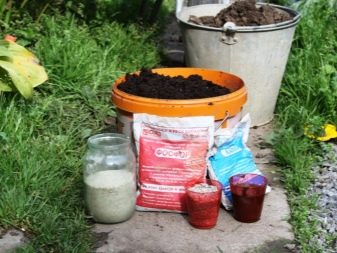
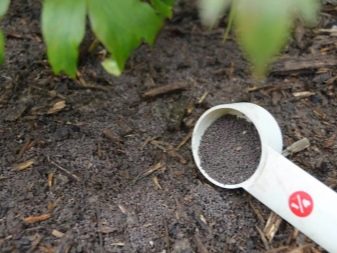
After watering, it is recommended to loosen the soil, this process is very favorable for all plants, including peonies.
It is also very important to always remove weeds and grass that has appeared near the plants. All weeds pull nutrients from peonies, as a result of which they not only bloom poorly, but also often begin to wither.
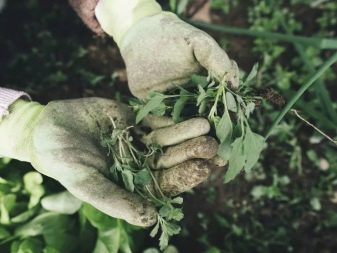
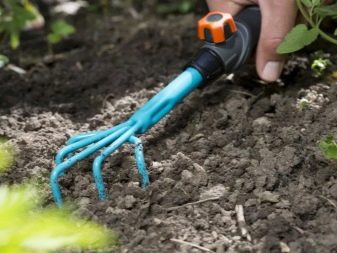
If insects are found on peonies, including ants or whiteflies, you can use not only folk remedies, but also professional insecticides, which very quickly kill annoying insects. Herbal decoctions can be used as a prophylaxis against pests.
For the peonies of the Marie Lemoine variety, see the video below.







































































































The comment was sent successfully.